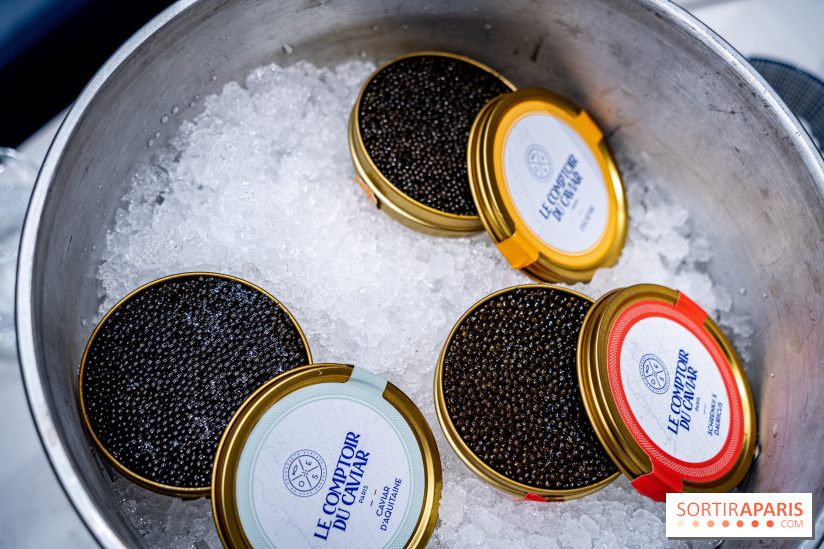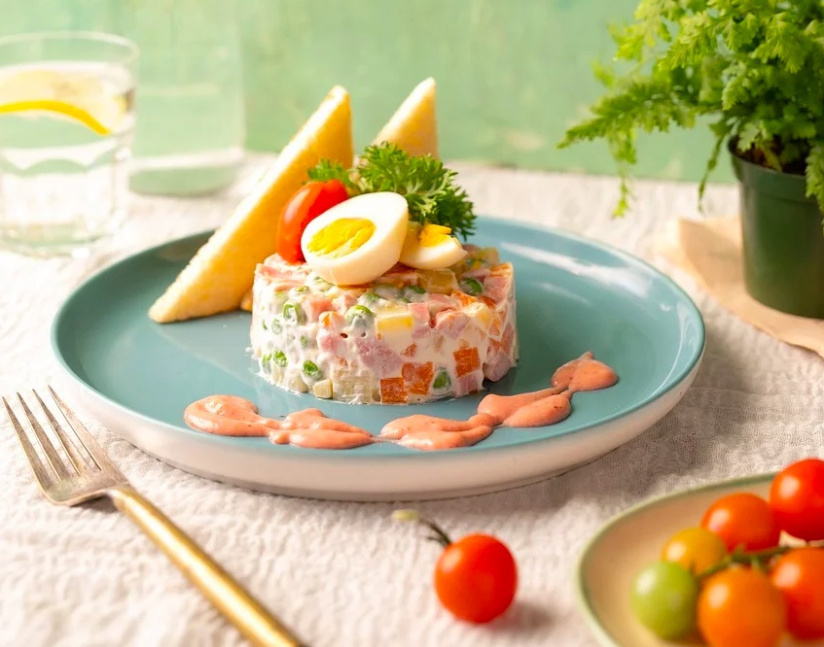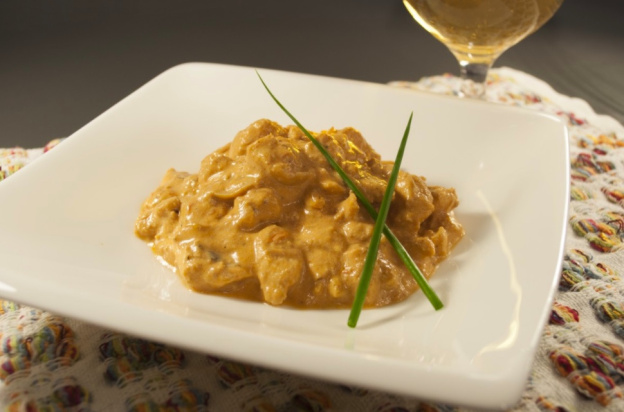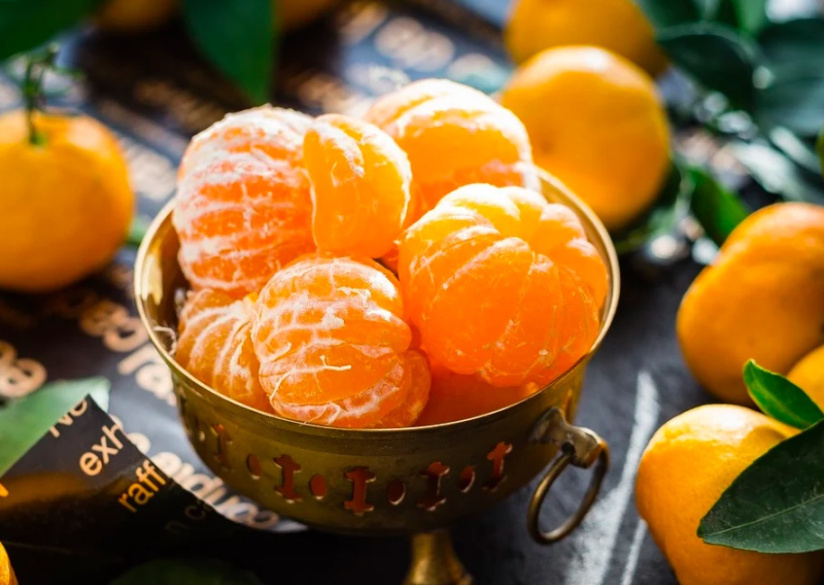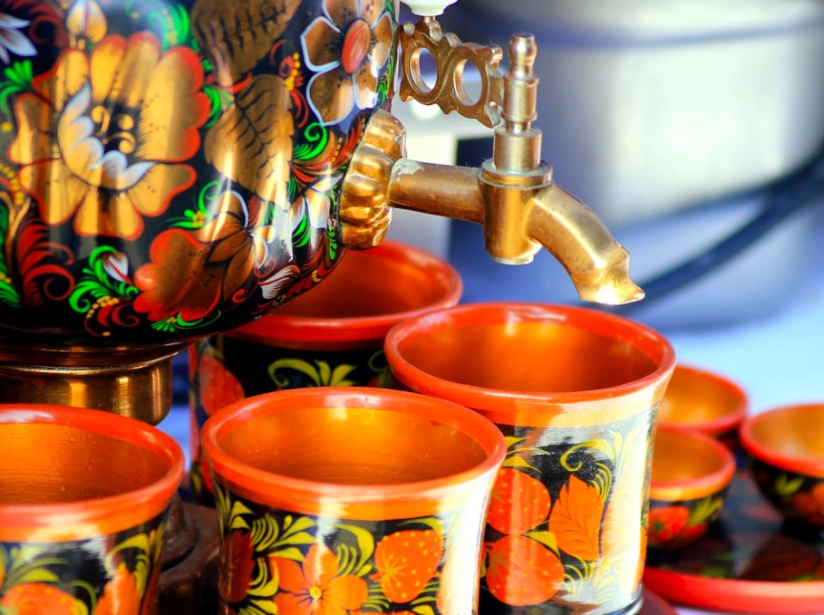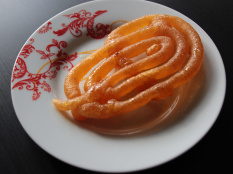Celebrated every year between January 13 and 14, the Orthodox New Year is a traditional holiday in Orthodox countries. Although Russia, Ukraine, Georgia, Serbia and Montenegro officially adopted the Gregorian calendar in 1918, theRussian Orthodox Church still follows the Julian calendar .
As a family, Russians celebrate the Orthodox New Year with a multitude of traditional dishes that take days to prepare, and which may seem surprising to the uninitiated. Here's a quick rundown of Russian culinary specialties, to whet your appetite for Orthodox New Year 2024 on January 14.
To begin with, families gather for aperitifs around a generous buffet of zakouski, typical hors d'oeuvres as varied as they are varied. These include naturally fermented vegetables and mushrooms; smoked salmon and trout, served on buttered slices of white or black bread; and sprats, small herring-like fish smoked in oil, a specialty that has existed since the days of the USSR. At the same time, we munch on large sweet-and-sour gherkins, called ogourtsi, prepared in the Malossol style, with an abundance of herbs.
Of course, you can't start a New Year's Eve meal without a few grains of black sturgeon caviar or gray beluga caviar on crushed ice, one of the country's specialties, or red caviar, otherwise known as salmon roe; a tasty, relatively expensive and sought-after delicacy.
On the New Year's Eve table, you'll also find a wide range of salads; Russians are specialists in these and they are an essential part of every meal. One of the best known is the Olivier salad. Similar to a vegetable macédoine, this salad was invented in the 19th century by Lucien Olivier, the French-Belgian chef of a Moscow restaurant. It consists of eggs and vegetables - cabbage, beet, white beans, cucumber - cooked, diced and seasoned with a generous amount of mayonnaise sauce.
Another classic in the salad family, invented by Soviet women in the '70s, is seledka pod chuboy, otherwise known as "herring in fur". But make no mistake, the herring in question is not covered in fur! Here, the salted fish is diced and served under a "coat" made up of several clearly visible layers: shredded vegetables (potatoes, beet, carrots), hard-boiled eggs, onions, thin slices of fresh green apple and, once again, a dollop of mayonnaise. Other traditional salads include "vinaigrette", a beet salad with vinegar, salted herring fillets and spices; or mimosa salad, a salad with smoked sprats, potatoes, carrots, grated egg whites and yolks, arranged in layers to imitate a mimosa flower.
Before moving on to the hot dishes, Russians still take the time to savor other specialties such as pirojki. You may be familiar with these popular, plump little turnovers filled with minced meat, cheese, vegetables - or all three fillings at once. Another popular dish is kholodets, which could be likened to our French aspics or head cheese. These appetizers consist of pieces of meat, usually pig's ears and feet or oxtail, covered with a meat broth jelly.
If you thought Russians didn't do more than that... think again; the start of the new year is a time for no-holds-barred feasting! So it's time to get down to business! While some families opt for a whole suckling pig stuffed with buckwheat, roasted in the oven and served with horseradish and a glass of vodka, others choose the unmissable Beef Stroganov to take center stage on their festive table. This recipe is probably one of the best-known in Russian gastronomy. Invented in the 17th century by Count Pavel Stroganoff's French cook, this dish in sauce is made with thin strips of beef, cream, paprika, mushrooms and onions. If you've never tried it before, take the plunge!
A good borscht, that comforting beet soup with meat and vegetables, will also do the trick; as will a host of pies of all kinds, with chicken, fish or meat, with recipes often kept secret and handed down from generation to generation.
Now it's time for desserts! And why make things complicated when you can make them simple? One of the Russians' favorite desserts to end the New Year's Eve meal in style is none other than... the mandarin! Eating this citrus fruit for the festive season dates back toSoviet times. It's impossible for Russians to imagine New Year's Eve without this fragrant little fruit, which perfumes the whole room. But other desserts are also present on the table.
One of the most classic and popular is vatruchka, a brioche tart made with tvorog, a surprising cross between fromage frais and fermented cheese. Similar to a cheesecake, vatruchka is often flavored with lemon, honey and jam. Smetannik, a fluffy tart with sour cream and jam, cinnamon or almond; and syrnikis, small pancakes halfway between pancakes and doughnuts, are also desserts particularly loved by children - but not only!
A nice slice of prianik, the traditional gingerbread filled with walnuts, jam, condensed milk or raisins, is the perfect accompaniment to a cup of Russian tea served in a samovar, or tchak-tchak, small sticks of dough fried in oil and arranged in a dome, covered with burning honey, allow Russians to wait patiently for the 12 strokes of midnight and the passage to the New Year, with a glass of sbitene -hot mead - in hand!
